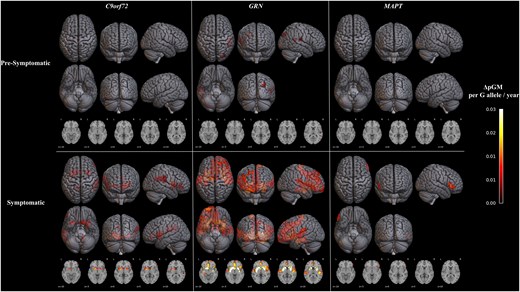2025-05-13 カリフォルニア大学サンタバーバラ校 (UCSB)

A description of the research on the role of ovarian hormones in the brain
<関連情報>
- https://news.ucsb.edu/2025/021876/hormone-cycles-shape-structure-and-function-key-memory-regions-brain
- https://www.cell.com/neuron/fulltext/S0896-6273(25)00297-1
発情周期は海馬のスパインダイナミクス、樹状突起処理、空間コーディングを調節する The estrous cycle modulates hippocampal spine dynamics, dendritic processing, and spatial coding
Nora S. Wolcott ∙ William T. Redman ∙ Marie Karpinska, ∙ Emily G. Jacobs ∙ Michael J. Goard
Neuron Published:May 13, 2025
DOI:https://doi.org/10.1016/j.neuron.2025.04.014
Highlights
- In apical CA1 dendrites, spine density is robustly modulated by the estrous cycle
- A subset of the new spines appearing in proestrus become stable
- The degree of bAP spread into the apical dendrite depends on the estrous stage
- The estrous cycle modulates the stability of CA1 spatial representations
Summary
Histological evidence suggests that the estrous cycle exerts a powerful influence on CA1 neurons in the mammalian hippocampus. Decades have passed since this landmark observation, yet how the estrous cycle shapes dendritic spine dynamics and hippocampal spatial coding in vivo remains a mystery. Here, we used a custom hippocampal microperiscope and two-photon calcium imaging to track CA1 pyramidal neurons in female mice across multiple cycles. Estrous cycle stage had a potent effect on spine dynamics, with spine density peaking during proestrus when estradiol levels are highest. These morphological changes coincided with greater somatodendritic coupling and increased infiltration of back-propagating action potentials into the apical dendrite. Finally, tracking CA1 response properties during navigation revealed greater place field stability during proestrus, evident at both the single-cell and population levels. These findings demonstrate that the estrous cycle drives large-scale structural and functional plasticity in hippocampal neurons essential for learning and memory.


